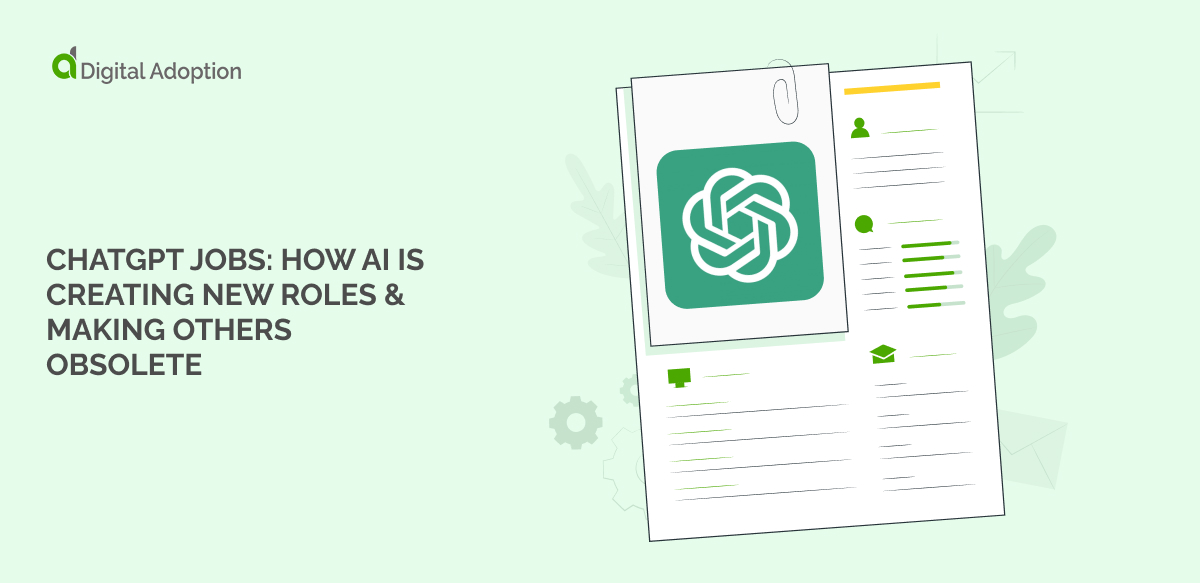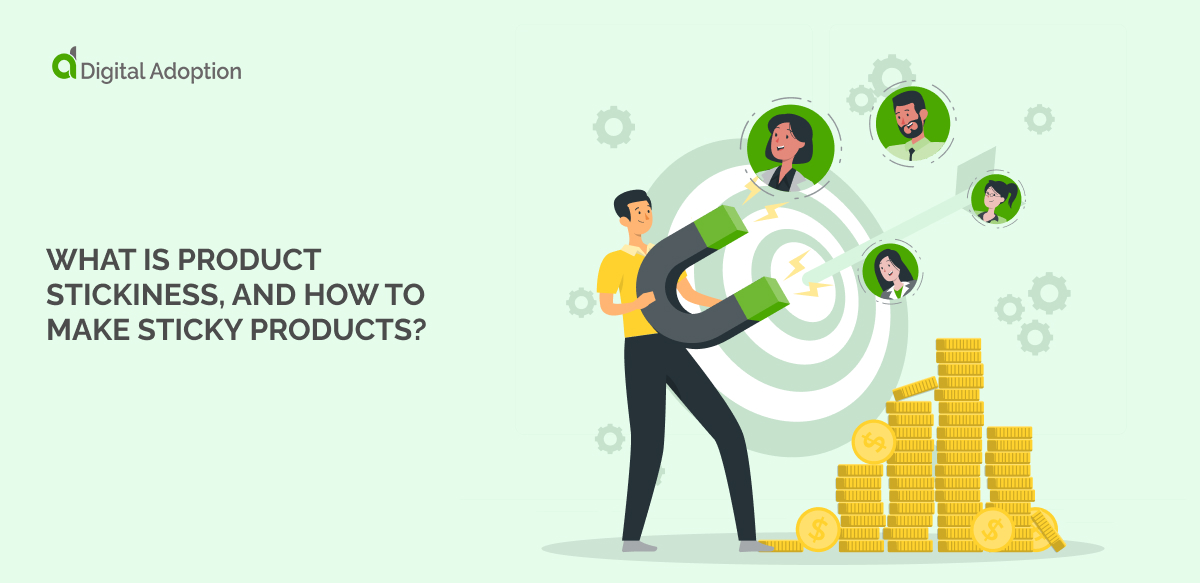The product adoption process is an essential stage in the user’s journey.
Understanding this process is a must for any business that develops products, such as software developers.
It is also very useful to understand for businesses that implement new products within their organization.
After all, the product adoption process impacts several business areas, such as:
- User proficiency and productivity levels
- Product implementation costs and timelines
- Product utilization and effectiveness
- User satisfaction and retention
To name just a few.
Effective product adoption can have a significant impact on any business.
Below, we’ll explain what the process is, why it matters, and how it works.
What the Product Adoption Process Is and Why Businesses Should Care
Product adoption refers to how users adopt and implement a new product or service.
Well-executed product adoption efforts offer a number of benefits, including:
- Better user metrics, such as user satisfaction, retention, activity, and other important measurements
- Decreased costs associated with digital adoption, ranging from product training costs to user onboarding costs
- A better adoption experience, user experience, and product experience
- Increased profitability from customers, which translates into greater profitability from the product itself
The product adoption process describes how users adopt a new product, as mentioned.
It consists of stages that include:
- New user onboarding. When new users are first introduced to a product and begin using it. This stage is crucial, because it delivers a product’s first impression.
- Training. Some products are more complicated than others, particularly enterprise-grade software. The more complex a product is, the more important training becomes – after all, it affects user proficiency, productivity, and their experience with that product.
- Support. Support services can include customer care, technical support, self-service solutions, and other support functions. Such functions can be considered part of the adoption process to the extent that they are related to a specific product.
- Users’ interactions with the product. The product itself is the primary vehicle for any product experience, which is why design is so important. Over time, product upgrades and adjustments can help improve product adoption.
It is also worth noting that different product adoption models offer different perspectives on the adoption process.
Some take a very high-level view, beginning well before users come into contact with a product or service.
Such big-picture views of the adoption process tend to cover more of the customer journey.
They can include stages such as:
- Product research. When customers first begin researching solutions to solve their problem.
- Product comparison and evaluation. When customers compare different brands, products, or solutions, attempting to find the one that best fits their needs.
- Sales and marketing. Marketing and sales communications that can influence the purchase decision and lead to testing, trials, and onboarding.
It is certainly true that the entire customer journey plays a role in product adoption.
Understanding the entire customer journey can often be very beneficial. And it can help inform decision-making when it comes to product adoption.
However, for all intents and purposes, product adoption tends to begin once a person begins using a product or service.
This is where many professionals tend to focus their efforts – and this is what we’ll cover next.
How to Streamline Product Adoption
Taking the perspective that adoption revolves around implementation, let’s look at a few ways to improve this process.
Below are some strategies and approaches that are often used to generate better adoption results:
- Simplify the onboarding experience. Because onboarding represents the first impression of a product or service, it is one of the most important stages in adoption. Bad first impressions can drive away users, after all. Generally speaking, the simpler the onboarding experience, the better: high cognitive load (mental effort) puts people off and sends them elsewhere.
- Focus on accelerating time-to-competency. The quicker users can become competent, the better. Conversely, the longer it takes them to learn a product, the more fatigued they will become. This can decrease proficiency, productivity, and engagement.
- Enable self-reliance. Each time users need to contact technical support, they are expending effort, losing time, and being less productive. Self-reliance, through interactive training tools or online information, helps decrease those negative effects. It also boosts productivity and the overall product experience.
- Use the right product adoption tools. Digital training tools – such as Digital Adoption Platforms (DAPs) – can streamline adoption. Effectively applying these tools will result in better metrics, such as improved user satisfaction to decreased technical support costs.
- Strategize, analyze, learn, and improve. The first step towards improving product adoption is having a strategy. That is, having clear-cut goals and a method for achieving those goals. With those in place, it is possible to measure, learn, and improve.
With the right guiding principles – and the right execution – organizations can deliver streamlined adoption experiences.
Those experiences, in turn, will help businesses improve the customer experience and generate more revenue from their products.













